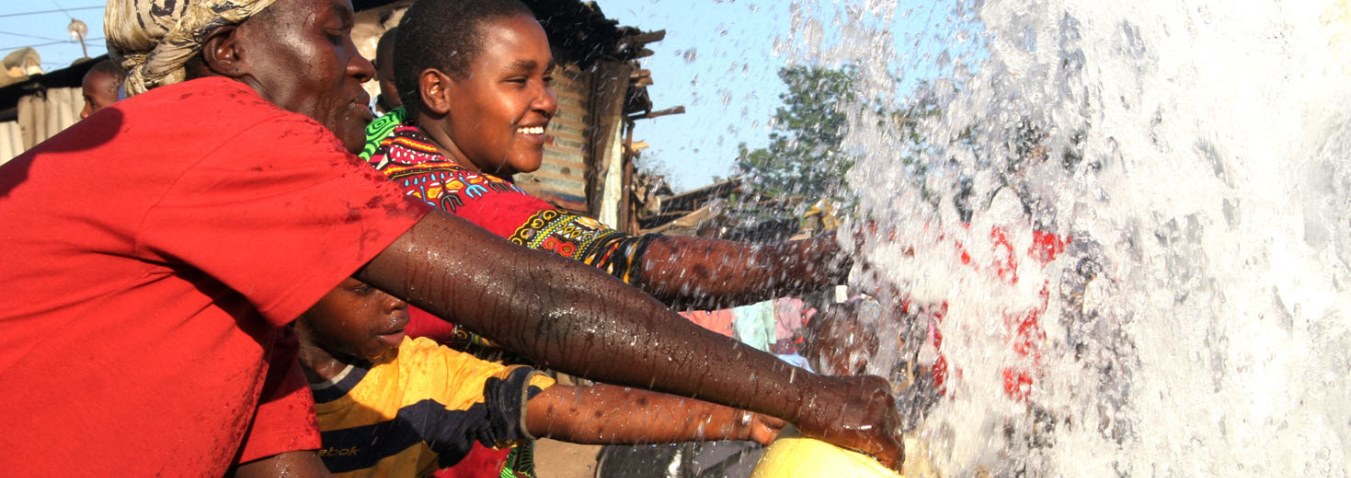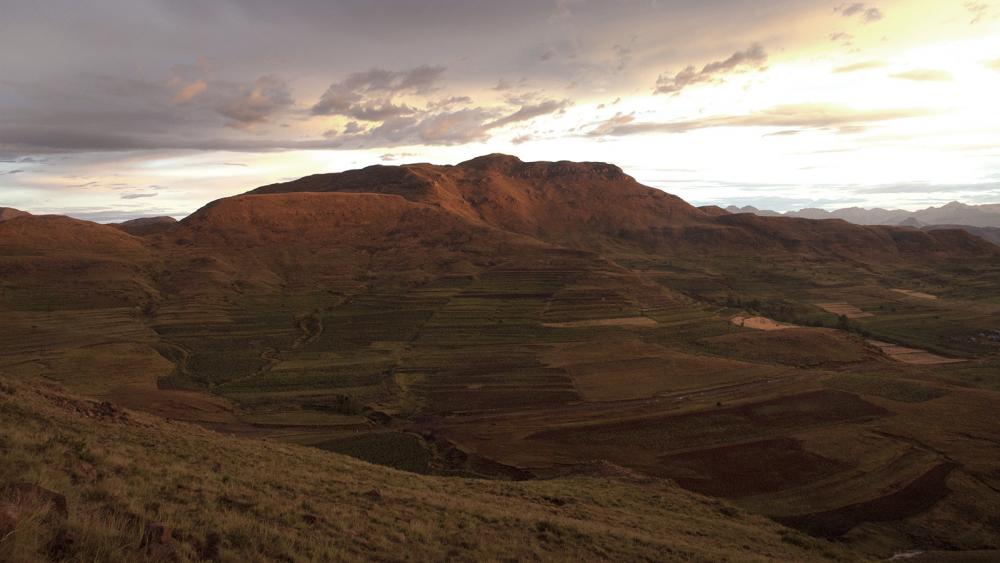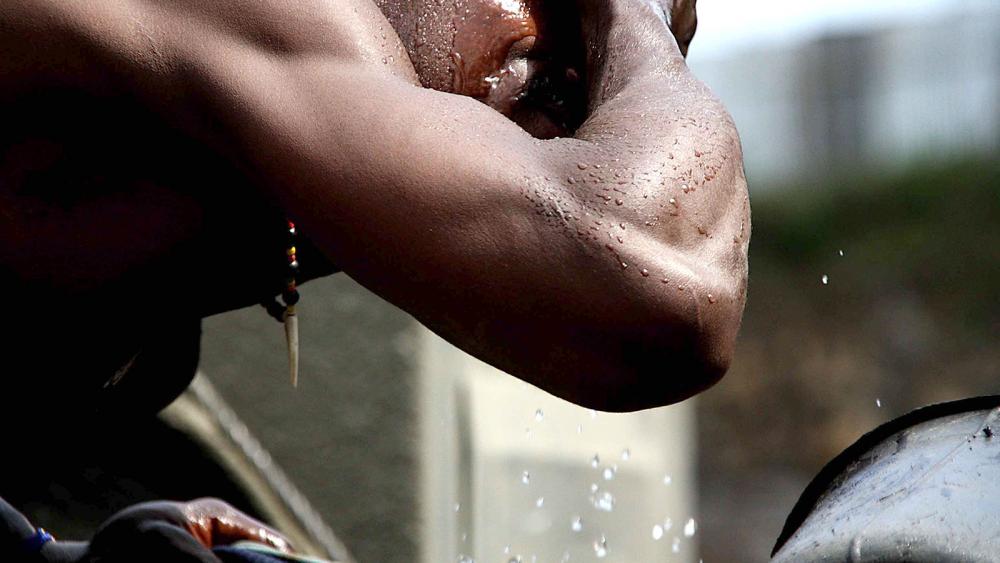

Sundrentched fields in South Africa. Photo Credit: Max Thabiso Edkins
In a country where the average rainfall is 495mm as compared to a global average of 1033mm, South Africa is recognised to be a water scarce country. South Africa is a water-constrained country because of low and unpredictable supply, coupled with high demand (we use 98% of our available water resources) and poor use of existing resources (dripping taps, acid mine drainage and sewerage pollution).
Low and unpredictable supply is a common experience in the townships and informal settlements where Afrika Tikkun operates its Youth Development Centres in Johannesburg and Cape Town. In those areas, water is frequently cut for days and weeks, twice or more a month. This is even worse in households in provinces like Mpumalanga and Limpopo, 63.1% and 61.4% of whom reported on the most frequent interruptions of water services (lasting between 2 and 15 days at a time).
This is a well-documented and highly contested reality for people living in rural areas and informal settlements, who experience “intense inequity in the delivery of water”. Research recently commissioned by the South African Council of Churches show South Africa has worse inequality now than at the end of apartheid.
After 21 years of democracy, those areas which lack water and sanitation mirror apartheid spatial geography: Black and poor former homelands, townships and informal settlements are the areas. This lack of access to water and sanitation has an impact on other rights including rights to dignity, health, and safety. For instance, in many parts of Diepsloot, raw sewerage pours into the streets day and night. This has severe health implications.

Water needed for survival. Photo Credit: Mohamed Bahloul
According to Statistics South Africa's most recent general house survey, only 46.3% of South Africans have access to safe drinking in their houses. Approximately 20.5% of households do not have access to ‘RDP─standard’ sanitation (e.g. flush toilets connected to a sewerage system or a septic tank).
Most of South Africa’s water is used by business, especially agribusiness (57%), mining and other industries (7%). Based on an assessment of the provision of water services by the South African Human Rights Commission, 23 municipalities (9% of the total) were in a crisis state, with an acute risk of disease outbreak; and a further 38% were at high risk, with the potential to deteriorate into a state of crisis.
At the moment households receive 6 kilolitres of free water per month, or 25 litres a day. World average water consumption is 173 litres per person per day. The free basic allowance is enough to flush the toilet twice for a family of eight. Director of the Centre for Civil Society at the University of Kwa-Zulu Natal, Patrick Bond shows however that the price of water has more than doubled since introducing the free basic water making it one of the most expensive waters in a third world country.



